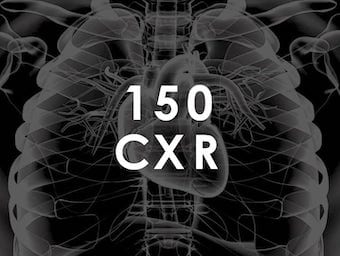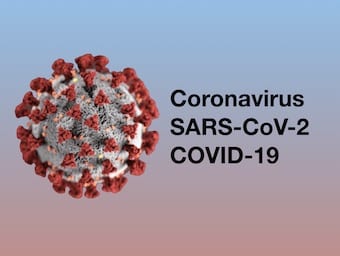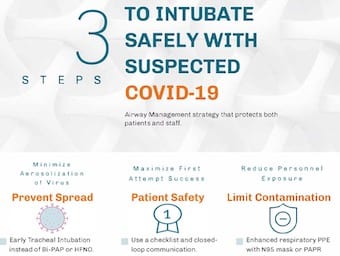
CXR Case 154
A 43 yo male presents with a syncopal episode, normal labs and ECG. A CXR is performed. LITFL Top 150 CXR

A 43 yo male presents with a syncopal episode, normal labs and ECG. A CXR is performed. LITFL Top 150 CXR

Dr Simran Kaur Matta explains how to "split" a ventilator so that you can provide shared ventilation to multiple patients if you have to.

Practical guidance on how Scarce Resource Allocation Teams (SRATs) should conduct themselves if hospital resources are overwhelmed.

Prof Jack Iwashyna on the highly limited role of single ventilator / multiple patient workarounds in the COVID-19 epidemic.

A 63 yo lady presents with dyspnoea on a background of metastatic breast cancer. LITFL Top 150 CXR

A 69 yo lady presents for a routine pre-operative CXR. LITFL Top 150 CXR

Today I had the opportunity to review a very nicely created Peri-intubation Action Card that was put together in short order by two anesthesiologists from Scope Anesthesia - Dr. Janish Patel and Dr. Kimberly Blasius.

A 54 year old male presents with chest pain radiating through to his upper back. LITFL Top 150 CXR

In the midst of the global COVID-19 pandemic, this episode focuses on the pandemic planning all ICUs should be doing - if they haven’t already been overwhelmed.

Pragmatic Recommendations for Intubating Critically Ill Patients with Suspected COVID-19. Journal of the American College of Emergency Physicians Open.
Hugh Edward Hailey (1909-1963) was an American dermatologist
Biography Medical Eponyms Hailey-Hailey disease (Familial Benign Chronic Pemphigus) Key Medical Contributions Major Publications Controversies References Biography Eponymous terms